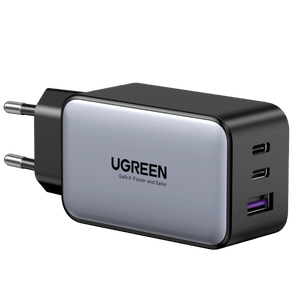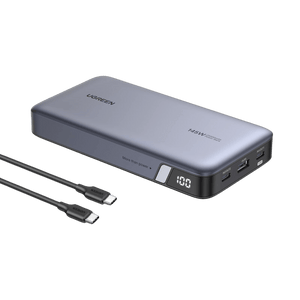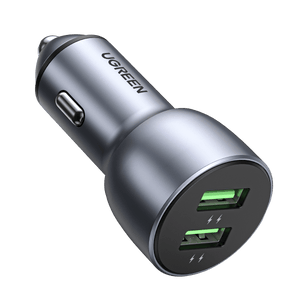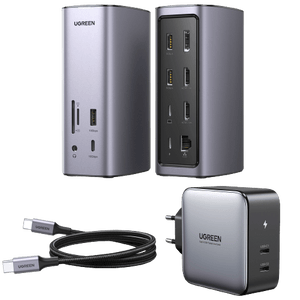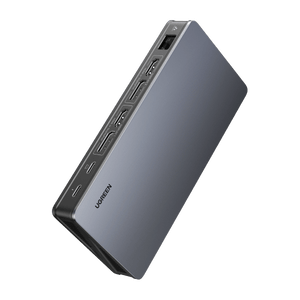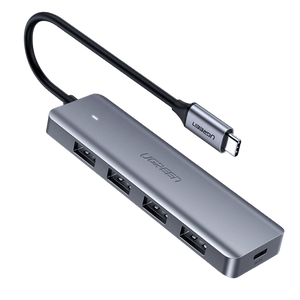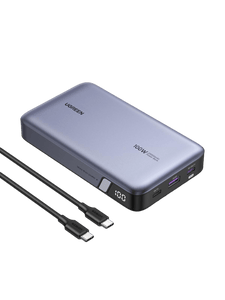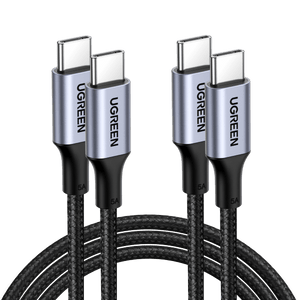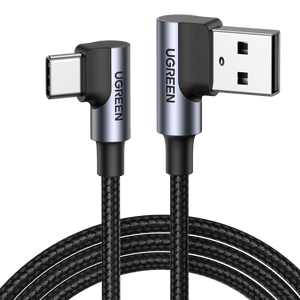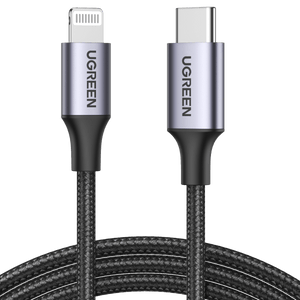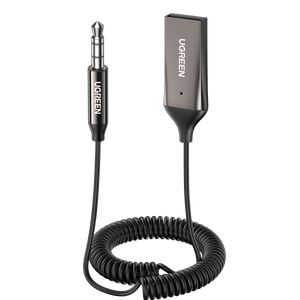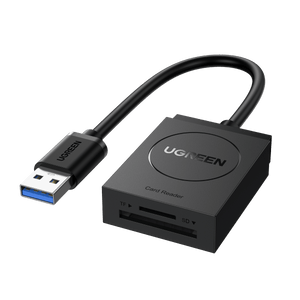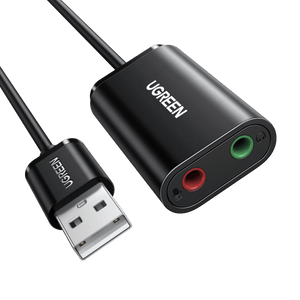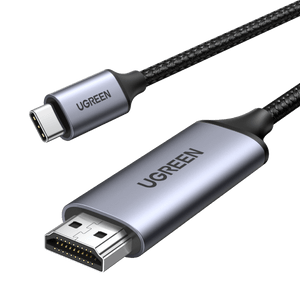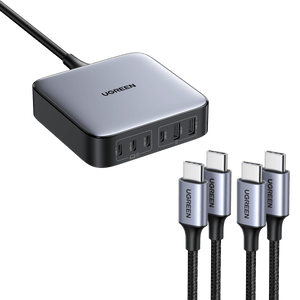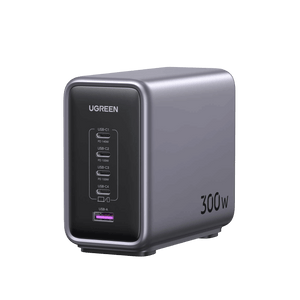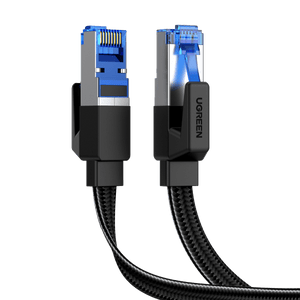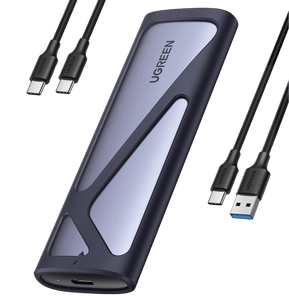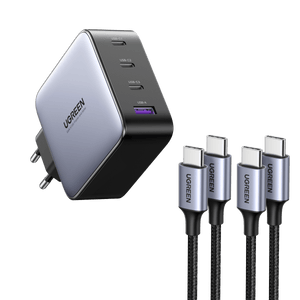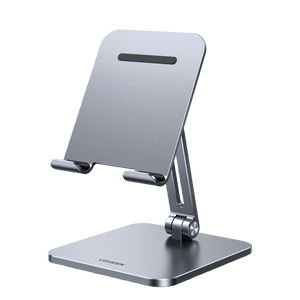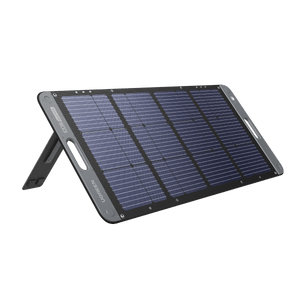So you might have come across some fancy new words: Thunderbolt 3 and Thunderbolt 4 when you are out shopping for a new computer or peripheral. So, what exactly is Thunderbolt technology and how does Thunderbolt 3 differ from Thunderbolt 4? We will get into it in this blog post.
What Is Thunderbolt™ Technology?
Before we compare Thunderbolt 3 and 4, let's first understand what Thunderbolt technology is. Developed by Intel and Apple, Thunderbolt is a high-speed, versatile connection standard that combines data, video, and power in a single cable. It allows you to connect multiple devices, such as external hard drives, displays, and docking stations, to your computer with a single port.
What is Thunderbolt 3?
Thunderbolt 3 is a high-speed hardware interface developed by Intel that combines PCI Express and DisplayPort over USB-C. It provides 40Gbps bandwidth for fast large file transfers, supports dual 4K or one 5K display, enables daisy-chaining up to 6 devices, and offers 100W power delivery.
With its use of USB-C connectors, Thunderbolt 3 is ubiquitous on new Apple computers and premium Windows laptops. It sets the standard for versatile, high-performance connectivity ideal for gaming, video editing, and connecting speed-demanding peripherals through its 40Gbps speeds, external display support, and daisy-chaining capabilities.
What is Thunderbolt 4?
Thunderbolt 4 is the latest generation of the Thunderbolt interface developed by Intel. Built on Thunderbolt 3, it retains the USB-C connector and 40Gbps bandwidth of its predecessor.
Thunderbolt 4 offers incremental enhancements including mandatory 4K display support, guaranteed 32Gbps speed to 40Gbps peripherals, wake from sleep when connected to a keyboard or mouse, and minimum 15W power delivery. It aims to improve the baseline Thunderbolt experience and better support emerging technologies while retaining the 40Gbps bandwidth that made Thunderbolt 3 the premier high-speed peripheral interface.
Thunderbolt 3 vs 4, What is the Difference?
Speed and Bandwidth
One of the main differences between Thunderbolt 3 and 4 is the speed and bandwidth they offer. Both Thunderbolt 3 and 4 use the USB-C connector and offer a maximum data transfer speed of 40Gbps. However, Thunderbolt 4 guarantees that speed across all certified cables up to 2 meters in length, while Thunderbolt 3 may see reduced speeds with longer or lower-quality cables.
Video Output
When it comes to video output, both Thunderbolt 3 and 4 support up to two 4K displays at 60Hz or one 8K display at 30Hz. However, Thunderbolt 4 requires Intel VT-d DMA protection, which provides additional security against unauthorized access to your computer's memory through connected devices.
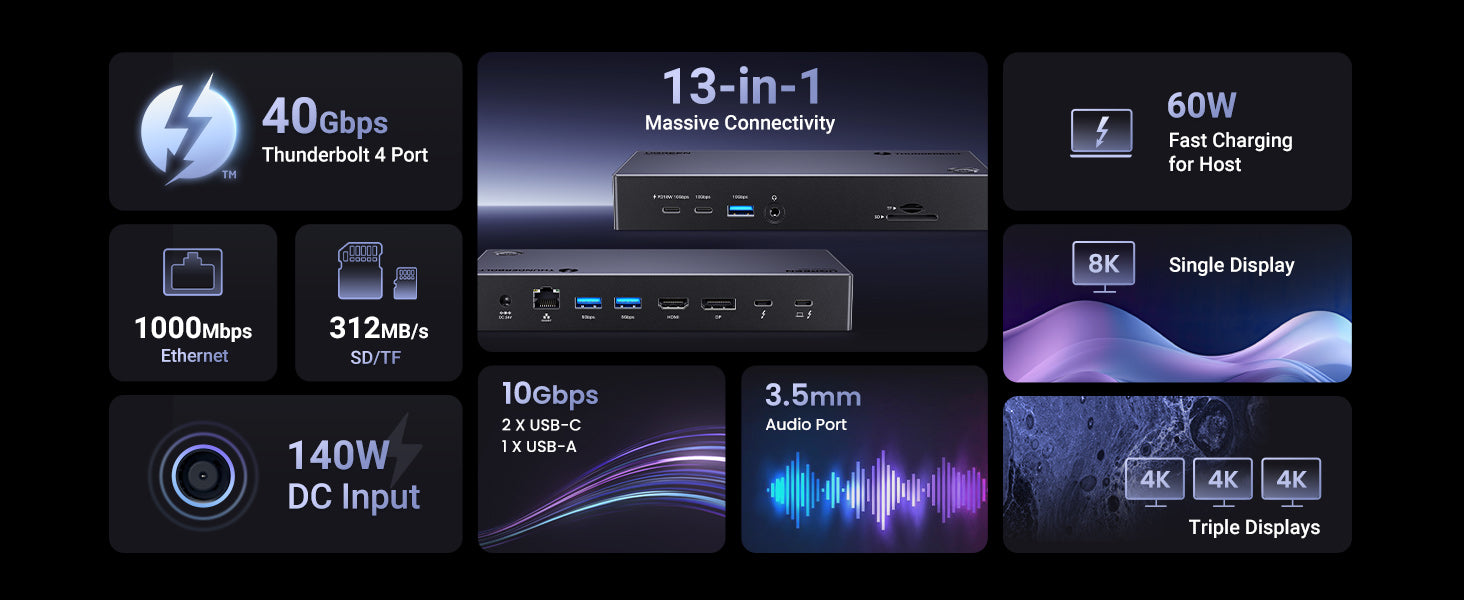
Charging Capabilities
Another area where Thunderbolt 3 and 4 differ is in their charging capabilities. Thunderbolt 4 supports USB Power Delivery 3.0, which allows for a minimum of 100W of power delivery for laptop charging. Thunderbolt 3, on the other hand, only guarantees a minimum of 15W of power delivery, although many Thunderbolt 3 devices do support higher wattages.
Compatibility and Docking
Both Thunderbolt 3 and 4 are compatible with USB-C devices, but Thunderbolt 4 offers some additional benefits when it comes to docking and hub functionality. Thunderbolt 4 docks and hubs must support wake-from-sleep functionality, allowing your computer to wake up when you press a key on a connected keyboard or move a connected mouse. Thunderbolt 4 also requires docks and hubs to have at least one Thunderbolt 4 port for daisy-chaining additional devices.
Overall, Thunderbolt 4 offers evolutionary but non-revolutionary improvements over Thunderbolt 3. It's aimed at improving the baseline experience but still capped at 40Gbps like its predecessor. Get Thunderbolt enabled accessories like docking station from Ugreen.
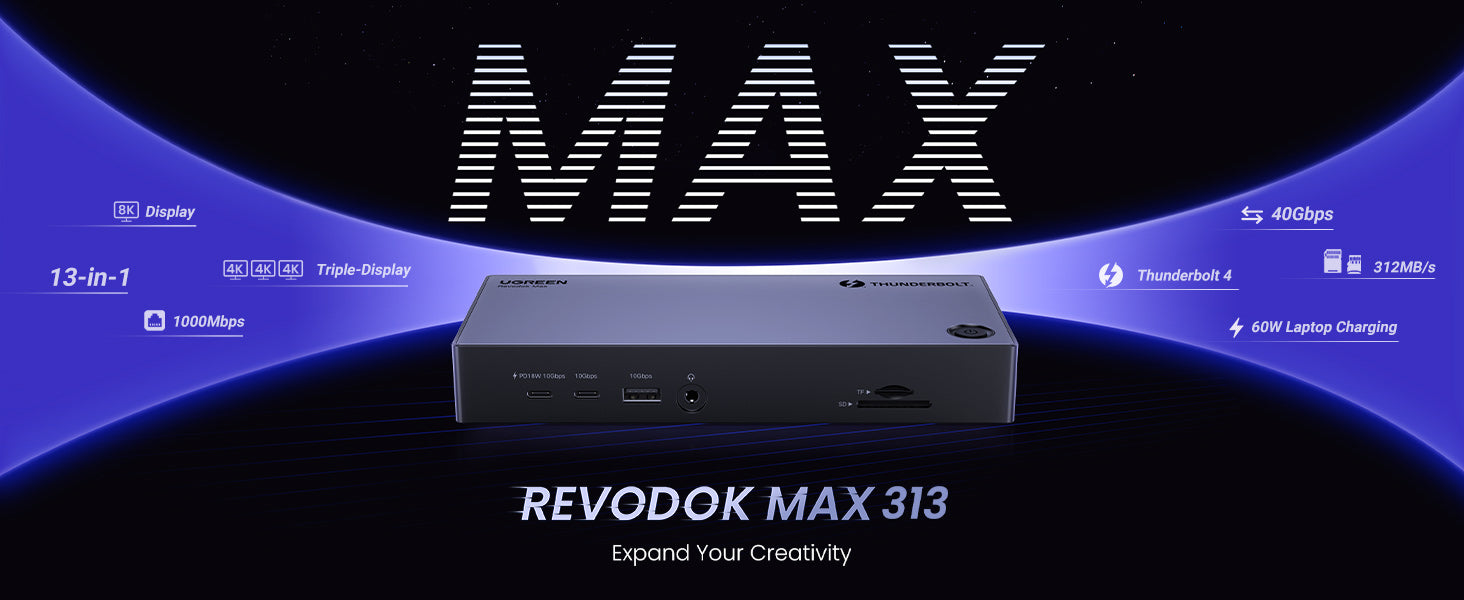
USB4 vs Thunderbolt 4, What is the Difference?
USB4 and Thunderbolt 4 are closely related, as Thunderbolt 4 is built on top of the USB4 specification. However, there are some key differences between the two.
Transfer speeds
USB4: Supports data transfer speeds of up to 40Gbps, but not all USB4 devices are required to support this maximum speed.
Thunderbolt 4: Guarantees data transfer speeds of 40Gbps for all certified devices and cables.
Video Support
USB4: Supports DisplayPort Alt Mode 2.0, allowing for video output, but the specific capabilities may vary between devices.
Thunderbolt 4: Guarantees support for up to two 4K displays at 60Hz or one 8K display at 30Hz.
PCIe Bandwidth
USB4: Supports up to 16Gbps of PCIe data transfer.
Thunderbolt 4: Supports up to 32Gbps of PCIe data transfer, enabling faster data transfer speeds for external GPUs and high-speed storage devices.
Minimum Port Requirements
USB4: No minimum port requirements for hubs and docks.
Thunderbolt 4: Requires hubs and docks to have at least one Thunderbolt 4 port for daisy-chaining additional devices.
Power Delivery
USB4: Requires a minimum of 7.5W of power delivery for devices.
Thunderbolt 4: Guarantees a minimum of 100W of power delivery for laptop charging.
Security
USB4: Does not require Intel VT-d DMA protection.
Thunderbolt 4: Requires Intel VT-d DMA protection for added security against unauthorized access to your computer's memory through connected devices.
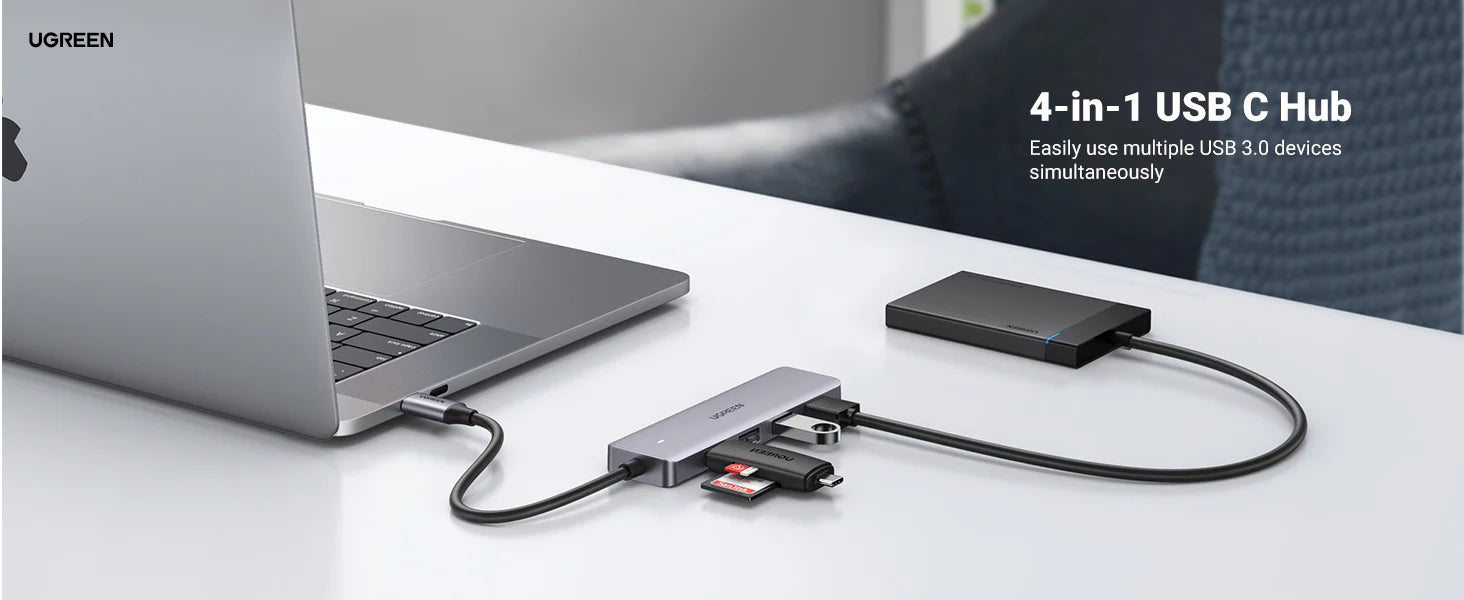
Conclusion
About Thunderbolt 3 vs 4, while Thunderbolt 3 and 4 share many similarities, such as speed and video output capabilities, Thunderbolt 4 offers some notable improvements in terms of cable performance, security, charging, and docking functionality. USB4, while closely related to Thunderbolt 4, has some key differences in terms of security, power delivery, and data transfer speeds.
When choosing between Thunderbolt 3, Thunderbolt 4, and USB4, consider your specific needs and the devices you plan to connect to your computer. Investing in quality docking stations and usb hubs from trusted brands like UGREEN can help you get the most out of your Thunderbolt-enabled devices, ensuring optimal performance and reliability for all your computing needs.



